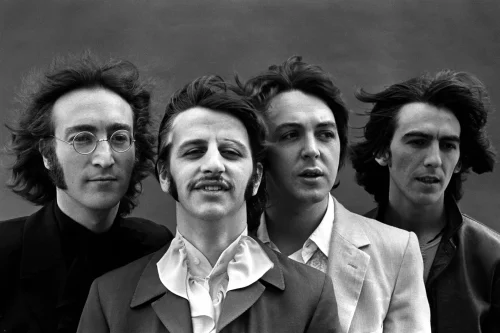In the annals of music history, few bands have sparked as profound and enduring a legacy as The Beatles. Emerging from Liverpool in the early 1960s, John Lennon, Paul McCartney, George Harrison, and Ringo Starr revolutionized the sonic landscape with their innovative songwriting, harmonic depth, and stylistic versatility. Over a decade, they transformed from a rock-and-roll band performing in Hamburg’s nightclubs into cultural icons whose influence permeated music, fashion, and philosophy. Albums like Sgt. Pepper’s Lonely Hearts Club Band, Revolver, and The Beatles (commonly known as the White Album) not only showcased their artistic evolution but also set new benchmarks for what popular music could achieve.
Despite their split in 1970, the individual Beatles did not fade from the musical spotlight. Instead, each member carved out his own distinctive path in the music industry. John Lennon turned to introspective and politically charged songs, Paul McCartney continued to charm the world with his melodious tunes and formed the successful band Wings, George Harrison delved into spiritual and humanitarian themes, while Ringo Starr explored varied musical styles and took up acting. Their solo careers collectively amassed a multitude of albums and singles, each contributing uniquely to their legacies beyond The Beatles. But which Beatle had the most success?
John Lennon
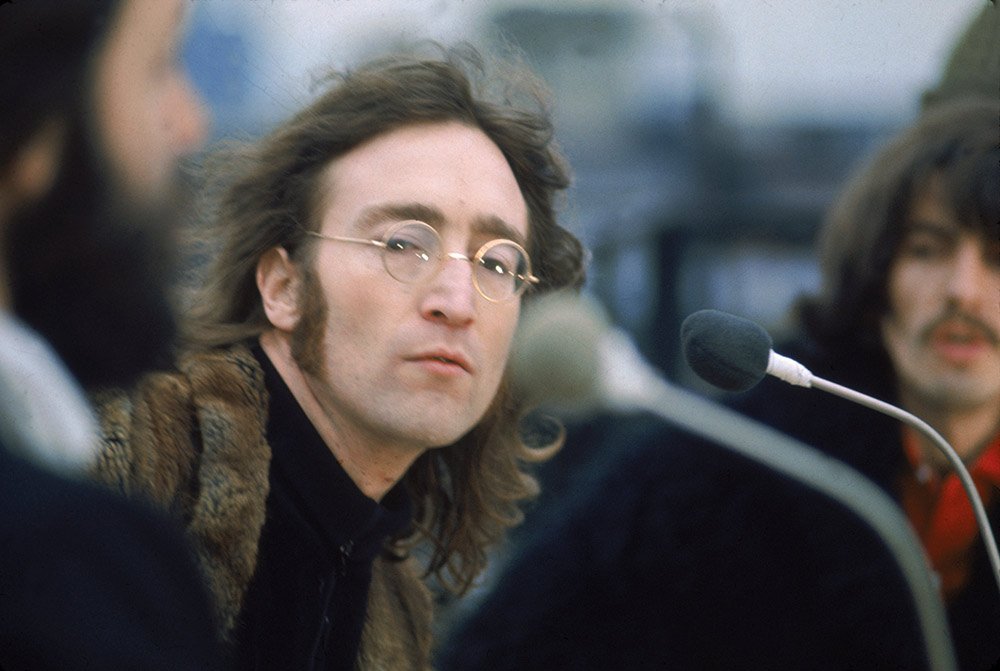
John Lennon’s solo career, initiated shortly before The Beatles officially disbanded, was marked by his outspoken nature and deep introspection, channeling his thoughts on peace, love, and personal struggles into his music. His first major release, the experimental album John Lennon/Plastic Ono Band (1970), was a stark departure from the lush orchestrations typical of late Beatles work, featuring a raw, minimalistic sound that laid bare his emotional and psychological state. This album included powerful tracks like “Mother” and “Working Class Hero,” which remain some of his most impactful works.
Following this, Lennon released what would become one of the most iconic songs of all time, “Imagine” in 1971. The album of the same name echoed calls for peace and unity, encapsulating Lennon’s hopes for a world free from conflict. The title track is universally recognized and has been covered by countless artists around the globe, reinforcing its enduring message. Other notable albums during this period included Sometime in New York City (1972), which addressed social and political issues, Mind Games (1973), Walls and Bridges (1974), and the covers album Rock ‘n’ Roll (1975). Each project varied in success and experimentation but showcased Lennon’s commitment to expressing his personal beliefs and exploring different sounds.
Critical & Commercial Success
Critically, John Lennon’s solo work received mixed reviews throughout his career, with some critics praising his unabashed honesty and raw lyrical content, while others critiqued the uneven quality of his output. However, albums like Imagine and Plastic Ono Band have stood the test of time, now celebrated for their pioneering approaches and powerful messages.
Commercially, Lennon achieved significant success, with Imagine reaching number one on the charts in several countries. His songs and albums frequently reached the upper echelons of the charts worldwide, cementing his status as a solo artist capable of rivaling the commercial prowess he enjoyed with The Beatles.
Culturally and socially, Lennon’s music had a profound impact. His active campaigning for peace, particularly during the Vietnam War, made him a figure of interest for both fans and political activists. His controversial and media-centric “Bed-Ins for Peace” with Yoko Ono, and songs like “Give Peace a Chance” became anthems for the anti-war movement.
Lennon’s influence extended beyond music, touching on broader social issues that defined the 1960s and 1970s, and his legacy continues to inspire discussions on peace, activism, and the power of music to influence societal change. His tragic assassination in 1980 only cemented his status as a martyr for peace, with fans and critics alike revisiting his works for their emotive potency and messages that still resonate today.
Paul McCartney
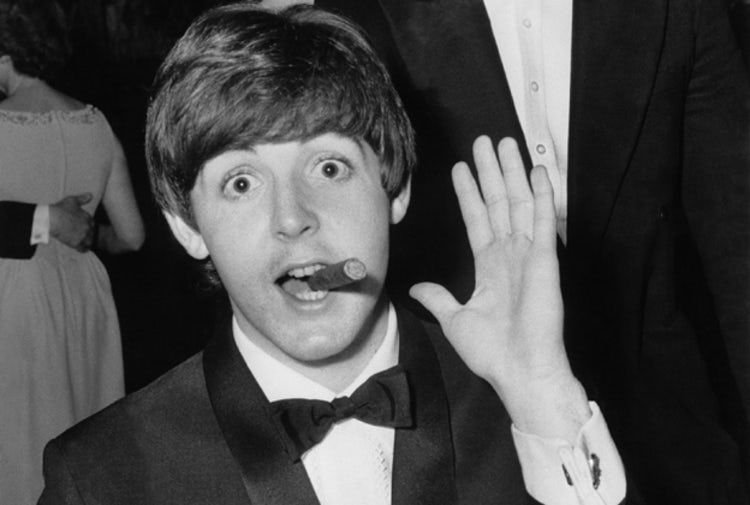
Post-Beatles, Paul McCartney swiftly transitioned into a solo career, launching with his eponymous album McCartney in 1970. This album, featuring classics such as “Maybe I’m Amazed,” was entirely self-recorded, showcasing McCartney’s versatility and intimate songwriting. It set the tone for a solo journey characterized by both critical and commercial success.
In 1971, McCartney formed Wings, a band that would become almost as legendary as The Beatles themselves. Over the next decade, Wings dominated the charts with a string of successful albums and singles, creating an enduring legacy in the world of rock and pop music. One of their most celebrated albums, Band on the Run (1973), was recorded under challenging circumstances in Lagos, Nigeria. Despite these challenges, or perhaps because of them, the album emerged as a monumental success, featuring hits like “Band on the Run,” “Jet,” and “Bluebird.” It solidified McCartney’s reputation as a musical chameleon, adept at blending different genres and influences.
Band on the Run was not only Wings’ most successful album but also one of the best-selling albums of the 1970s, reaching number one in multiple countries and receiving triple platinum certification in the United States. McCartney’s subsequent albums, such as Venus and Mars (1975) and Wings at the Speed of Sound (1976), continued this trend of high commercial performance, with both albums hitting the number one spot in the U.S.
Critical & Commercial Success
Critically, McCartney’s work during this era received a mix of reviews, but over time, many of his albums have come to be regarded as classics. His knack for melody, sophisticated arrangements, and the ability to craft songs that resonated with a wide audience were repeatedly praised. His solo and Wings-era work earned him numerous accolades, including multiple Grammy Awards.
Commercially, McCartney is one of the most successful musicians in pop music history. His ability to consistently chart hits is nearly unrivaled, with Wings selling over 10 million copies in the U.S. alone. McCartney’s career has been marked by a series of high-charting singles and albums, with 29 U.S. Top 10 hits and sales of over 100 million records worldwide.
Paul McCartney’s influence extends beyond his melodic genius; his career has also been noted for its impact on music production and the popular music industry. His innovative use of recording technology, the structure of his tours, and his business acumen in managing music rights have set standards within the industry. McCartney’s varied musical styles and his ability to adapt to changing musical landscapes have influenced countless artists and bands, from indie pop acts to mainstream rockers.
George Harrison
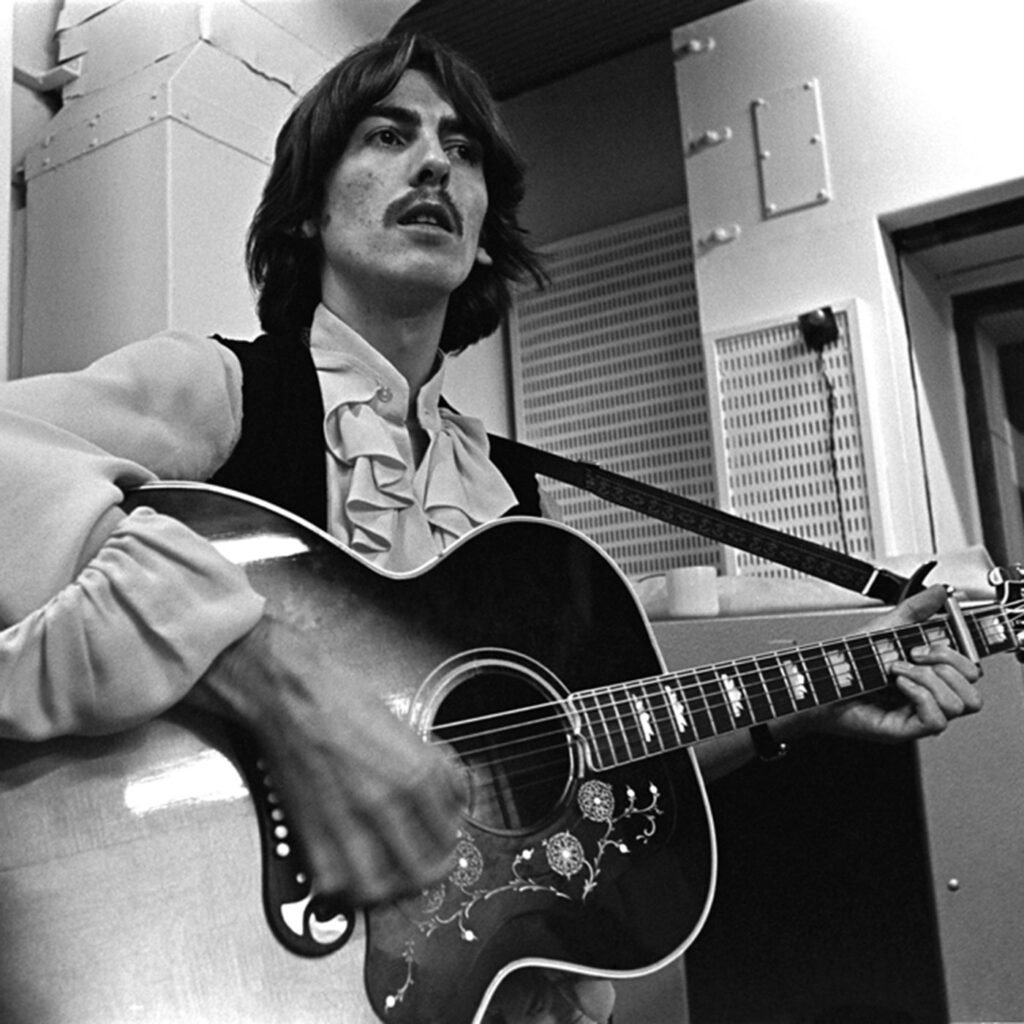
George Harrison’s solo career blossomed with the release of All Things Must Pass in 1970, a triple album that emphatically marked his emergence as a standalone artist of significant depth and creativity. This album, featuring hits like “My Sweet Lord” and “What Is Life,” was both a commercial and critical success, praised for its rich textures and spiritual undertones, reflecting Harrison’s deep interest in Eastern philosophies and musical styles.
Following the success of All Things Must Pass, Harrison continued to explore and integrate diverse musical influences, from Indian music to rock and roll. His 1973 album Living in the Material World further delved into his spiritual quest, yielding hits like “Give Me Love (Give Me Peace on Earth).” While his later albums in the 1970s, such as Dark Horse and Extra Texture, received a mixed reception, they showcased Harrison’s willingness to experiment with his sound and lyrical themes.
Beyond music, George Harrison was a pioneer in the film industry through his production company, HandMade Films. The company was instrumental in producing critically acclaimed films such as Monty Python’s Life of Brian and Time Bandits, demonstrating Harrison’s visionary support for British cinema that might have otherwise struggled to find funding.
One of Harrison’s most significant contributions was his role in organizing The Concert for Bangladesh in 1971, one of the first major charity rock concerts, which set the template for future events like Live Aid. The concert featured star-studded performances by Bob Dylan, Eric Clapton, and Ringo Starr, among others, and raised significant funds for relief efforts in war-torn Bangladesh. This event not only highlighted Harrison’s humanitarian concerns but also his ability to rally his fellow musicians for a cause.
Musical Impact
Musically, Harrison’s style evolved over the years from the dense, lush soundscapes of his early solo work to more straightforward rock and pop melodies. His 1987 comeback with Cloud Nine and the hit single “Got My Mind Set on You” demonstrated his ability to adapt to contemporary music trends while maintaining his distinctive musical voice. His collaboration with The Traveling Wilburys further cemented his reputation as a versatile and respected musician.
George Harrison’s legacy is complex and multifaceted. As a musician, he is remembered for his introspective lyrics and distinctive guitar work that influenced generations of guitarists. His exploration of Eastern music helped popularize non-Western instruments and musical forms within Western pop music, making a lasting impact on the industry’s soundscape. As a humanitarian, his efforts demonstrated the power of music to mobilize people for charitable causes, setting a precedent that many musicians continue to follow.
Ringo Starr

Ringo Starr, often regarded as the affable backbone of The Beatles with his steady drumming and charismatic persona, embarked on a solo career that highlighted his distinctive voice and laid-back style. Following the band’s breakup, Starr achieved immediate success with his 1970 debut solo album, Sentimental Journey, which was a collection of pre-rock standards that showcased his love for classic songs. This was soon followed by Beaucoups of Blues, a foray into country music. However, it was his 1973 self-titled album, Ringo, that truly cemented his place as a solo artist.
Ringo was a critical and commercial triumph, featuring a star-studded lineup of contributors including former bandmates John, Paul, and George. The album produced hits like “Photograph” and “You’re Sixteen,” both of which became chart-topping singles. Another significant single, “It Don’t Come Easy,” which was technically released prior to the album, is often associated with this successful period, further demonstrating Ringo’s knack for catchy, accessible pop-rock tunes. These tracks not only highlighted his warm, engaging vocal style but also his ability to connect with a broad audience.
Beyond his musical career, Ringo Starr also carved out a niche for himself in film and television. His natural charm and comedic timing made him a sought-after personality on the screen. Starr appeared in several films during and after his time with The Beatles, including the memorable That’ll Be the Day and Caveman. He also lent his voice to the children’s television series Thomas & Friends, narrating the first two series and becoming a beloved voice to a generation of children.
Musical Impact
Evaluating his musical impact, Ringo’s solo career might not rival the commercial or critical success of his fellow Beatles, but he has enjoyed a consistent presence in the music industry and retained a loyal fan base. His albums have generally been well-received, and he has managed to maintain his public persona as a beloved figure in popular culture. His All-Starr Band tours, which began in the late 1980s, have been a perennial success, allowing him to continue performing both his solo work and Beatles classics to appreciative audiences worldwide.
Musically, while Starr’s work does not typically explore the depths of innovation or complexity found in the works of his bandmates, his contributions are nonetheless significant. His music often embodies themes of peace, love, and nostalgia, aligning with his persona as the peace-loving Beatle. His steady output and enduring appeal as a performer highlight a successful adaptation to a solo career that leverages his strengths—charisma, simplicity, and an unpretentious approach to music and fame.
Comparative Analysis
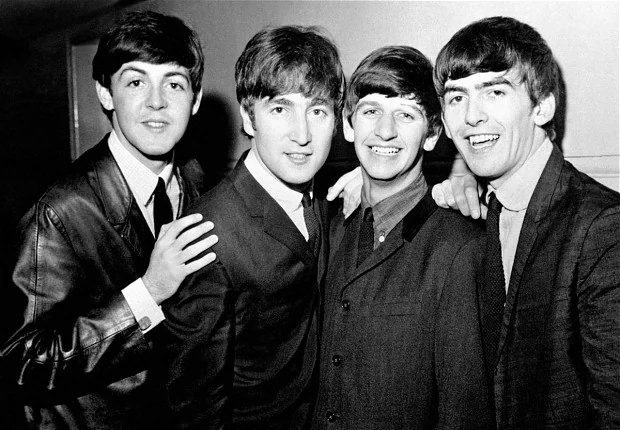
The solo careers of The Beatles’ members offer a fascinating study in contrasts and successes, each unique in scope and impact. This section provides a comparative analysis of their commercial achievements, critical receptions, and the diversity of their musical styles.
Commercial Achievements
John Lennon: Lennon’s solo albums, particularly Imagine, were commercially successful. Imagine is his best-selling album, having achieved multi-platinum status. His singles like “Imagine” and “Instant Karma!” also topped charts globally, confirming his status as a major commercial force.
Paul McCartney: McCartney arguably had the most commercially successful solo career, both in terms of consistent chart-topping albums and singles. With Wings, McCartney enjoyed a string of successful albums including Band on the Run, which went triple platinum in the US. His career boasts numerous number one singles and is marked by impressive sales figures, making him a perennial commercial powerhouse.
George Harrison: Harrison’s All Things Must Pass was a monumental success, triple platinum in the US, featuring hits like “My Sweet Lord,” which was the first solo single by a Beatle to top US charts. His later albums had varying degrees of commercial success, but none matched the heights of his debut.
Ringo Starr: Starr enjoyed early success with his 1973 album Ringo, which went platinum and produced two top-ten hits, “Photograph” and “You’re Sixteen.” While his subsequent albums generally did not achieve the same level of commercial success as his bandmates’, his singles consistently performed well during the early years of his solo career.
Critical Acclaim and Fan Base Reactions
John Lennon: Lennon was critically lauded for the raw honesty and depth of his lyrics. His work is often considered the most intellectually and emotionally profound among the Beatles’ solo outputs. His assassination in 1980 immortalized him as a cultural icon, deepening fan admiration and critical reverence for his work.
Paul McCartney: McCartney’s work has been both critically acclaimed and occasionally derided for its perceived safeness compared to his more experimental former bandmates. However, albums like Band on the Run have been universally praised, and his knack for melody has ensured a broad and devoted fan base.
George Harrison: Harrison’s work received critical acclaim for its spiritual depth and musical innovation. His exploration of Eastern musical influences introduced new sounds to Western audiences, earning him respect as an artist willing to take risks.
Ringo Starr: Critically, Starr’s albums have received mixed reviews, often praised more for their charm and less for their musical sophistication. However, his personality has endeared him to fans, and his live performances are well-attended, showcasing strong fan support.
Diversity in Musical Styles and Innovation
John Lennon: Lennon’s music was marked by its introspective lyrics and advocacy for peace. His solo work traversed rock, pop, and more avant-garde styles, reflecting his complex persona and profound artistic ambitions.
Paul McCartney: McCartney’s versatility is unmatched, effortlessly moving between rock, classical, electronica, and pop. His ability to adapt and innovate within different musical forms has kept his work fresh and relevant.
George Harrison: Harrison introduced sitar and other Indian instruments to Western pop music, profoundly affecting the sonic landscape of the 1970s and beyond. His work is notable for its integration of musical diversity and spiritual depth.
Ringo Starr: Starr’s style remained closest to his Beatles roots, focusing on straightforward rock and pop. However, his forays into country and folk music demonstrated his willingness to explore different genres.
In summary, while each of the Beatles found success in their solo careers, the paths they took, the music they produced, and the impact they had varied widely. Paul McCartney emerges as the most commercially successful, while John Lennon is often viewed as the most influential in terms of critical reception and lasting cultural impact. George Harrison was perhaps the most innovative musically, and Ringo Starr maintained a beloved presence in the public eye, cherished for his personality as much as his music.
Conclusion

The exploration of The Beatles’ solo careers post their epoch-making band era reveals a rich tapestry of individual growth, artistic exploration, and commercial success. Each member carved out a distinctive path that not only extended their musical legacy but also redefined their personal and artistic identities.
Official Ranking
1) Paul McCartney emerges as the frontrunner in terms of commercial success. His ability to craft hits remained undiminished, leading to a solo career that not only produced a significant number of chart-topping songs but also saw sustained commercial performance across decades. McCartney’s work with Wings and his subsequent solo projects encapsulated a blend of critical acclaim and popular appeal, securing his position at the top of this ranking.
2) John Lennon follows closely, with a solo career that was impactful both artistically and commercially. His songs, deeply introspective and often politically charged, resonated on a profound level with audiences around the world. Although his life and career were tragically cut short, Lennon’s influence on music and culture remains palpable, underscored by iconic tracks like “Imagine” and “Give Peace a Chance.”
3) George Harrison is ranked third, notable for his deep spiritual explorations and musical innovation. All Things Must Pass stands out as a monumental album in rock history, and his continued integration of Eastern musical elements into his work expanded the horizons of Western pop music. Harrison’s solo career may not have consistently matched the commercial heights of McCartney’s or the cultural impact of Lennon’s, but it was marked by significant artistic achievements and critical recognition.
4) Ringo Starr, while perhaps not achieving the same level of commercial success or critical acclaim as his bandmates, nonetheless maintained a consistent presence in the music industry and cultivated a devoted fan base. His work is characterized by its accessible charm and his steadfast dedication to a persona that has endeared him to generations of fans.
This ranking not only reflects their individual achievements but also underscores the diverse contributions each member made to music and culture following their historic time together as The Beatles.
